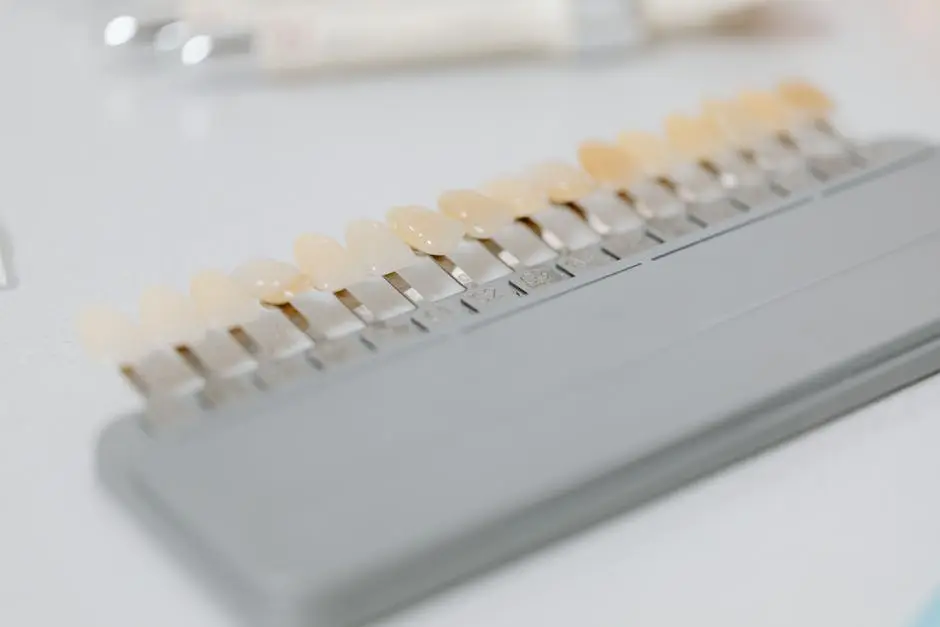How Does Tooth Whitening Work and Is It Right for Me?
Tooth whitening can be an enticing option for those looking to brighten their smiles. But how exactly does it work? In this blog, we will explore the science behind tooth whitening, different methods available, and whether it's the right choice for you. Let’s dive in!
Understanding Tooth Discoloration
To grasp tooth whitening, it’s essential to understand what causes discoloration. Factors like age, diet, and oral hygiene play significant roles in the color of your teeth.
One of the most common culprits behind yellowing teeth is the foods we consume. Coffee, tea, red wine, and certain fruits can all lead to staining over time.
Furthermore, habits such as smoking can exacerbate discoloration, leaving unsightly stains that many wish to eliminate. To combat this, good oral hygiene practices are crucial.
Age also takes its toll. As we get older, the enamel on our teeth thins, exposing more of the yellowish dentin beneath. Thus, understanding these causes can help set realistic expectations for tooth whitening.
How Tooth Whitening Works
Tooth whitening works by using bleaching agents, such as hydrogen peroxide, to break down stains on the enamel and dentin layers of your teeth, resulting in a whiter appearance.
The process begins when the whitening agent penetrates the outer layer of the teeth. It then breaks apart the stain molecules, effectively lifting the discoloration.
Interestingly, this chemical reaction not only whitens but can also strengthen your teeth. With the right concentration and application, you may notice both aesthetic and health benefits.
Most procedures are safe when performed correctly, whether done at a dentist's office or at home. However, this is why consulting a professional is always a good idea to avoid overuse or improper application.
Different Methods of Tooth Whitening
There are various methods for tooth whitening, including in-office treatments, take-home kits, and over-the-counter products. Each method comes with its own pros and cons.
In-office treatments are typically the most effective, providing immediate results under professional supervision. They often use stronger agents than those available in stores, ensuring a significant change in just one visit.
Take-home kits offer convenience and flexibility, allowing you to whiten your teeth at your pace. While they may require more time to achieve results, many love the comfort of using them from the comfort of home.
On the other hand, over-the-counter products can be a cost-effective solution for mild stain removal. However, results can vary and may not be as noticeable as professional options.
Each method of tooth whitening has its duration, effectiveness, and potential side effects. Choosing the right one depends on your individual needs and preferences.
Is Tooth Whitening Right for You?
Consider your dental health, goals, and any existing conditions before whitening your teeth. Consulting with a dentist can help you decide the best course of action.
For individuals with sensitive teeth or those suffering from gum disease, whitening treatments may not be ideal. It’s important to prioritize your overall oral health above aesthetics.
Additionally, it’s helpful to have realistic expectations. While many can achieve a bright, attractive smile, the degree of whitening can vary based on individual circumstances and the chosen method.
If you are looking for a significant change, professional options may be more suitable. However, if you just want to freshen your smile, at-home treatments can suffice nicely.
Final Thoughts on Tooth Whitening
Tooth whitening can effectively enhance your smile when done correctly. Whether you opt for professional treatments or at-home kits, it's crucial to consider your dental health and consult with a professional. Remember, a confident smile is a beautiful one!

